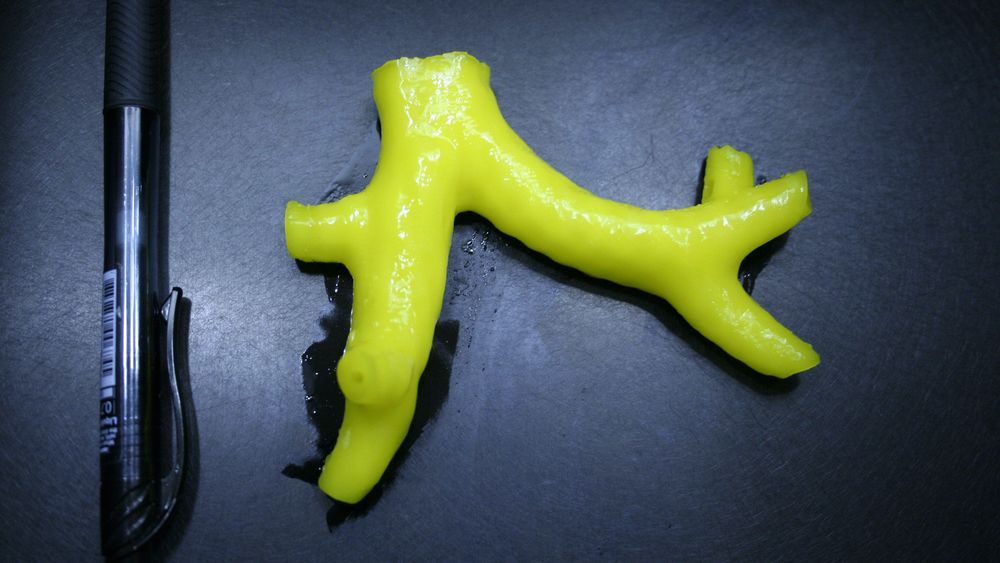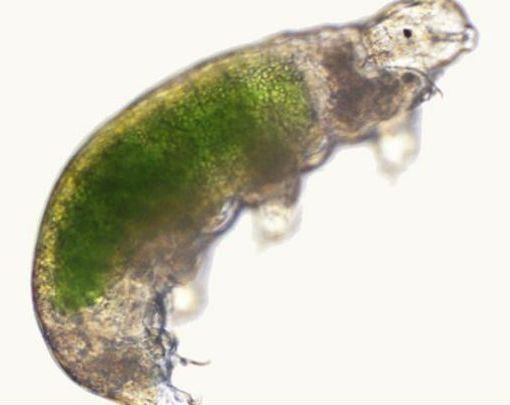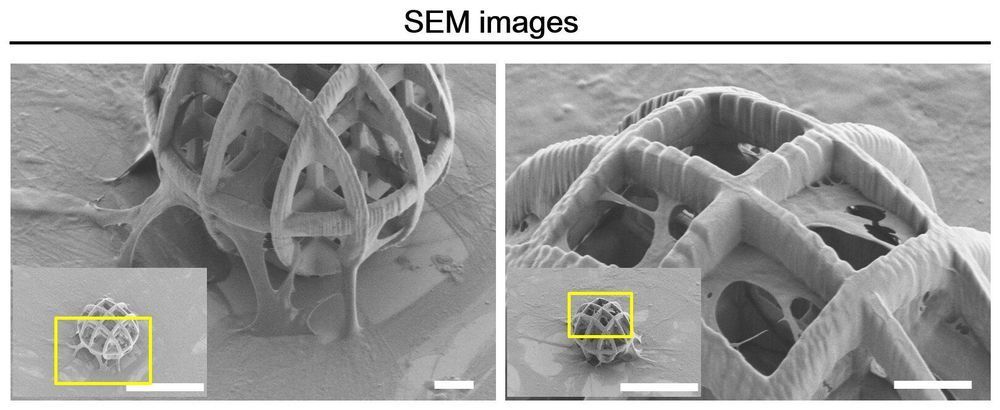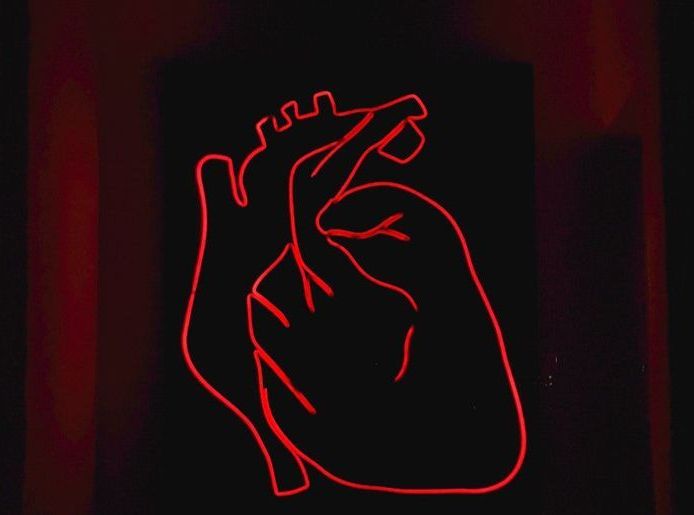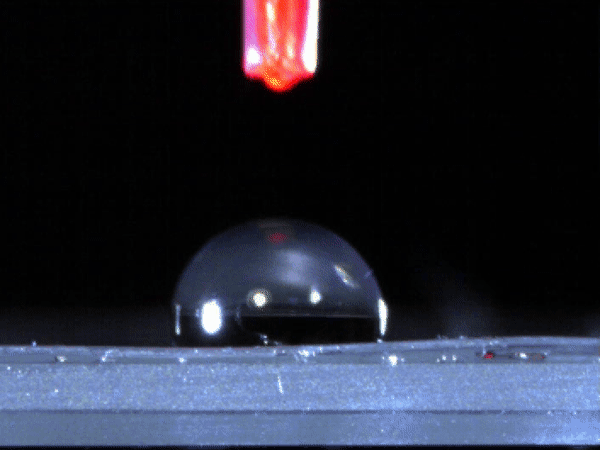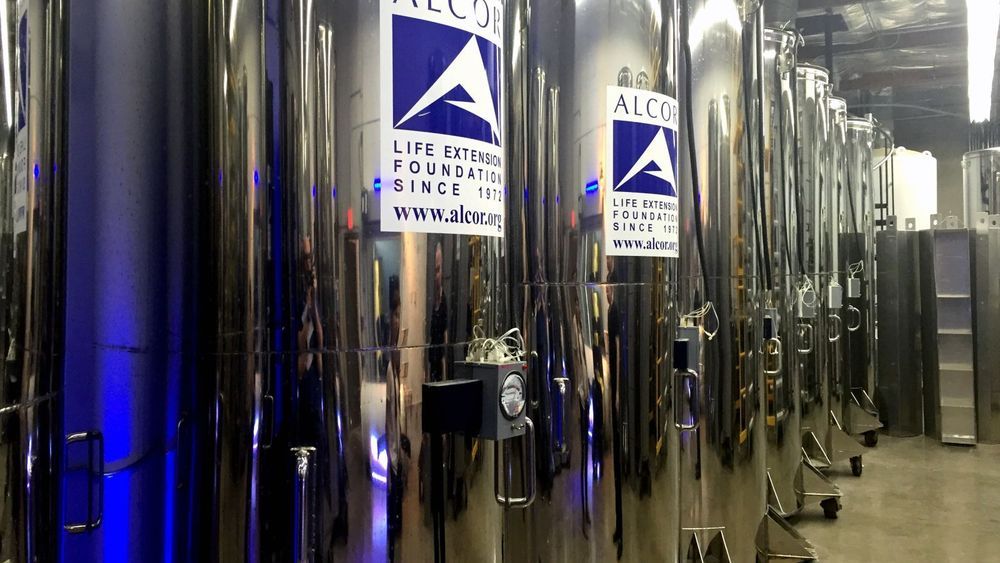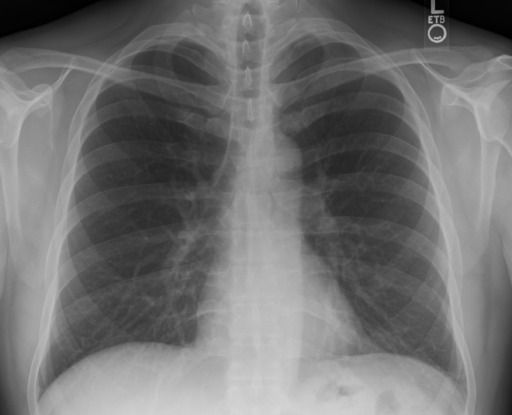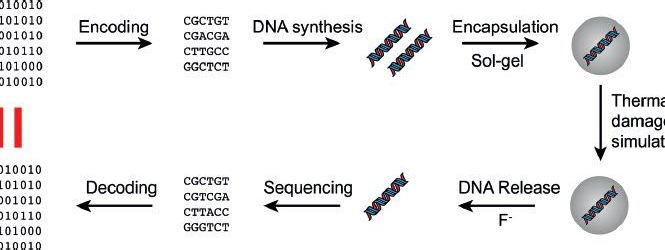Archive for the ‘biotech/medical’ category: Page 1974
Jun 1, 2019
Black female physicist pioneers technology that kills cancer cells with lasers
Posted by Paul Battista in categories: biotech/medical, education, nanotechnology, neuroscience
Dr. Hadiyah-Nicole Green is one of fewer than 100 black female physicists in the country, and the recent winner of $1.1 million grant to further develop a technology she’s pioneered that uses laser-activated nanoparticles to treat cancer.
Green, who lost her parents young, was raised by her aunt and uncle. While still at school, her aunt died from cancer, and three months later her uncle was diagnosed with cancer, too. Green went on to earn her degree in physics at Alabama A&M University, being crowned Homecoming Queen while she was at it, before going on full scholarship to University of Alabama in Birmingham to earn her Masters and Ph.D. There Green would become the first to work out how to deliver nanoparticles into cancer cells exclusively, so that a laser could be used to remove them, and then successfully carry out her treatment on living animals.
As she takes on her growing responsibilities, Green still makes time to speak at schools, Boys & Girls Clubs and other youth events. “Young black girls don’t see those role models (scientists) as often as they see Beyonce or Nicki Minaj,” says Green. “It’s important to know that our brains are capable of more.”
Continue reading “Black female physicist pioneers technology that kills cancer cells with lasers” »
Jun 1, 2019
A Frozen Tardigrade Has Been Brought Back to Life After 30 Years
Posted by Paul Battista in categories: biotech/medical, life extension
A tardigrade that had been frozen solid for more than 30 years has been brought back to life by researchers in Japan, and has gone on to produce 14 healthy babies. That’s record-smashing stuff right there, because before this tough little water bear came back to life, the world record for reviving a frozen tardigrade was nine years.
The researchers also thawed out an egg that was collected and frozen with the tardigrade in 1983, and not only did a healthy baby hatch from it six days later, but it went on to successfully produce offspring of its own.
Just a few months after scientists debated the unprecedented amount of foreign DNA that is or isn’t looped up into the tardigrade genome, and the discovery that they turn into ‘bioglass’ when they desiccate, a team from the National Institute of Polar Research in Japan has managed to bring a frozen Antarctic tardigrade (Acutuncus antarcticus) back to life with its reproductive organs fully intact.
Continue reading “A Frozen Tardigrade Has Been Brought Back to Life After 30 Years” »
Jun 1, 2019
Researchers use magnetically actuated microrobots to deliver stem cells to tissue targets
Posted by Genevieve Klien in categories: biotech/medical, robotics/AI
A team of researchers affiliated with several institutions in South Korea and one in Switzerland has demonstrated that it is possible to use magnetically actuated microrobots to deliver stem cells to targeted tissue. In their paper published in the journal Science Robotics, the group describes creating the tiny bots and how well they worked when tested.
Jun 1, 2019
Which diseases and health issues can dogs detect?
Posted by Paul Battista in categories: biotech/medical, health
Jun 1, 2019
Study finds these seven metrics predict future heart disease risk
Posted by Genevieve Klien in categories: biotech/medical, health
Though it’s impossible to know whether any given person will end up developing cardiovascular disease later in life, there are known factors and lifestyle decisions that increase the risk. Knowing whether you’re at a higher risk of developing a heart health issue makes it possible to take preventative steps, and here to help with that is a new study detailing seven ‘key’ prediction metrics.
Jun 1, 2019
Quick liquid packaging: Encasing water silhouettes in 3D polymer membranes for lab-in-a-drop experiments
Posted by Saúl Morales Rodriguéz in categories: biotech/medical, chemistry, engineering, nanotechnology
The ability to confine water in an enclosed compartment without directly manipulating it or using rigid containers is an attractive possibility. In a recent study, Sara Coppola and an interdisciplinary research team in the departments of Biomaterials, Intelligent systems, Industrial Production Engineering and Advanced Biomaterials for Healthcare in Italy, proposed a water-based, bottom-up approach to encase facile, short-lived water silhouettes in a custom-made adaptive suit.
In the work, they used a biocompatible polymer that could self-assemble with unprecedented degrees of freedom on the water surface to produce a thin membrane. They custom designed the polymer film as an external container of a liquid core or as a free-standing layer. The scientists characterized the physical properties and morphology of the membrane and proposed a variety of applications for the phenomenon from the nanoscale to the macroscale. The process could encapsulate cells or microorganisms successfully without harm, opening the way to a breakthrough approach applicable for organ-on-a-chip and lab-in-a-drop experiments. The results are now published in Science Advances.
The possibility of isolating, engineering and shaping materials into 2-D or 3D objects from the nanometer to the microscale via bottom-up engineering is gaining importance in materials science. Understanding the physics and chemistry of materials will allow a variety of applications in microelectronics, drug delivery, forensics, archeology and paleontology and space research. Materials scientists use a variety of technical methods for microfabrication including two-photon polymerization, soft interference lithography, replica molding and self-folding polymers to shape and isolate the material of interest. However, most materials engineering protocols require chemical and physical pretreatments to gain the desired final properties.
May 31, 2019
California Man Becomes the First ‘Death With Dignity’ Patient to Undergo Cryonic Preservation
Posted by Heather Blevins in categories: biotech/medical, cryonics, life extension
A terminally ill patient who opted for assisted death has undergone cryonic preservation at the Alcor Life Extension Foundation. This preservation—the first of its kind—signifies an important milestone for cryonics advocates, who argue that the right to death, paradoxically, is a potential pathway to an eternal life.
On October 30, 2018, Alcor performed its 164th cryopreservation. It was an otherwise unremarkable moment for the nonprofit organization, save for the way Norman Hardy of Mountain View, California met his demise. Hardy was diagnosed with terminal metastatic prostate cancer, and it had spread to his bones and lungs. As noted in Alcor’s case summary, his “pain had been poorly managed,” so he opted for assisted death, which was legalized in California in 2016 through the End of Life Options Act (EOLOA).
May 31, 2019
AI hype is dangerous
Posted by Fyodor Rouge in categories: biotech/medical, information science, robotics/AI
This post was prompted by a colleague sharing with me this recent study: www.ncbi.nlm.nih.gov/pmc/articles/PMC6389801/
The authors found that out of 516 studies evaluating the performance of ML algorithms for the diagnostic analysis of medical images, only 31 had externally validated their algorithms.
This should concern us all.
May 31, 2019
How to store data error-free for millions of years
Posted by Quinn Sena in categories: biotech/medical, computing
Circa 2015
ETH researchers have found an error-free way to store information in the form of DNA, potentially preserving it for millions of years: encapsulate the information-bearing segments of DNA in silica (glass), using an error-correcting information-encoding scheme.
Scrolls thousands of years old provide us with a glimpse into long-forgotten cultures and the knowledge of our ancestors. In this digital era, in contrast, a large part of our knowledge is located on servers and hard drives, which may not survive 50 years, let alone thousands of years. So researchers are searching for new ways to store large volumes of data over the long term.
Continue reading “How to store data error-free for millions of years” »
